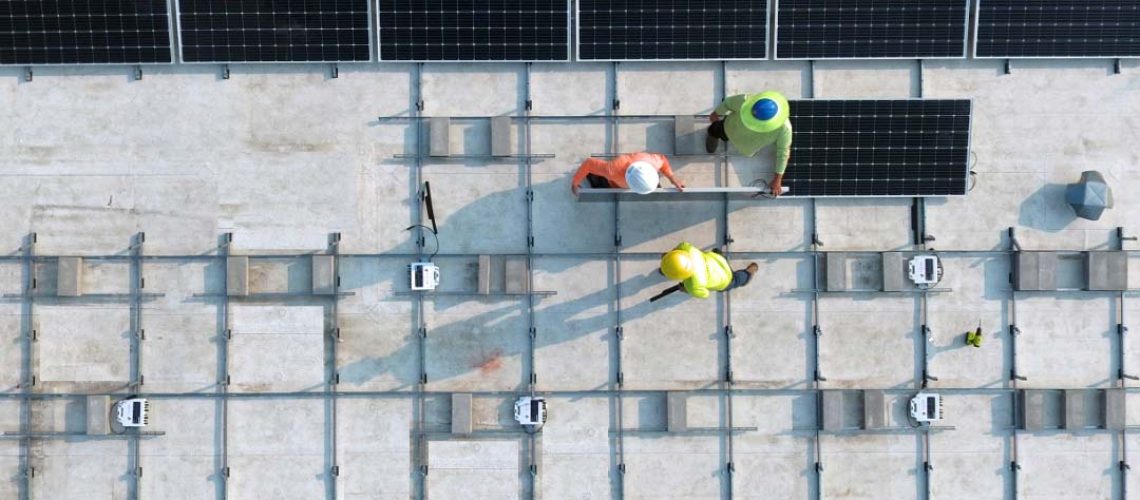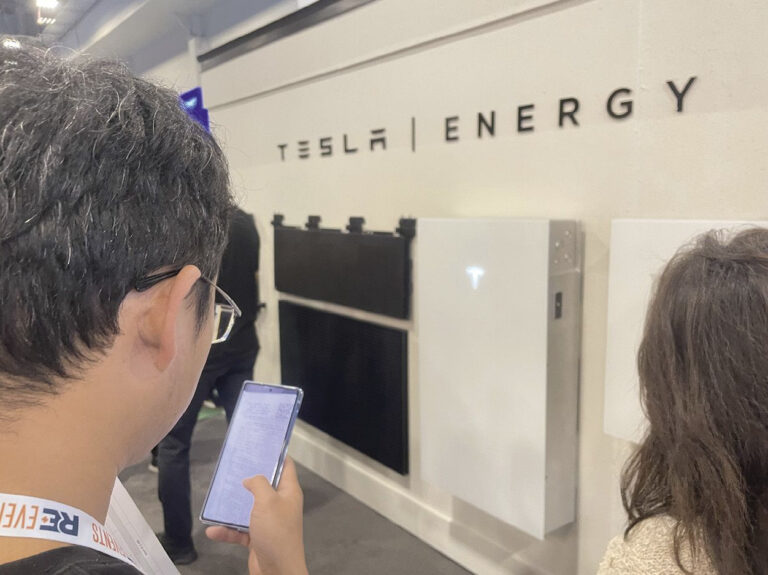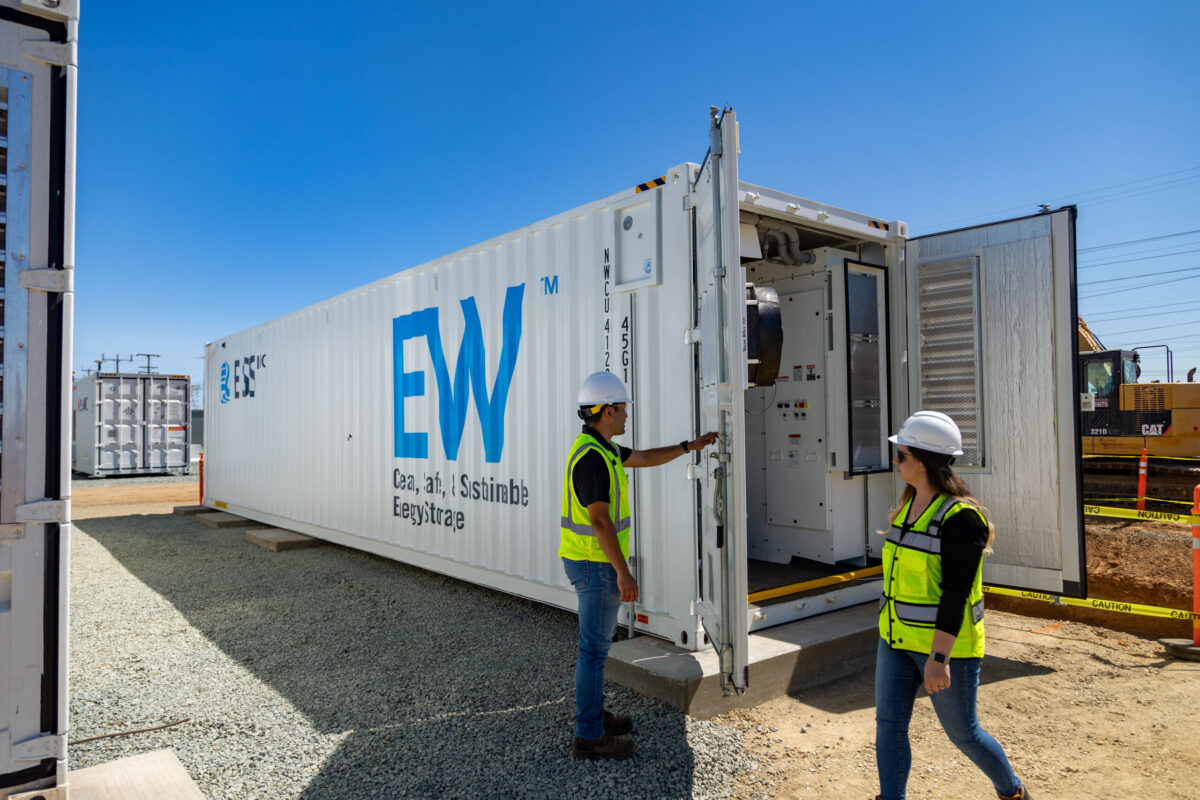The CEC awarded Yotta Energy $1.23 million to install the project for the 11-story multifamily housing complex.
Yotta Energy announced it received a $1.23 million grant from the California Energy Commission (CEC) to install a pilot system on an 11-story multifamiily low-income housing complex Santa Ana.
Yotta said the installation has potential to decarbonize existing technologies, decrease the demand on the grid, and increase at-home and at-business electric vehicle charging adoption rates. The project will demonstrate replicability options for other underserved communities throughout California, said the company. Yotta said the project is particularly important as an example of addressing energy insecurity, which 30% of Americans struggle with.
“Our state has long been dedicated to introducing and integrating renewable energy, but as lower-income areas lagged behind in adoption due to a lack of resources, these communities have experienced elevated air pollution levels,” said CEC chair David Hochschild. “We look forward to working with Yotta Energy on this project to demonstrate the viability of these installations and how we can replicate similar types across the state.”
The project includes both rooftop PV and battery backup, utilizing Yotta Energy’s scalable technology. The suite of Yotta products includes the SolarLEAF panel-level lithium-iron-phosphate energy storage device, a DPI microinverter at each module, and Yotta Energy Services software and gateway for energy management. Yotta also partners with AP Systems, PanelClaw, and Energy Toolbase in its fully integrated solar and storage systems.
Last year, Yotta introduced the SolarLeaf, a distributed battery installed beneath individual solar panels. The 1 kWh lithium-iron-phosphate batteries are designed for commercial and industrial flat roofs. Lithium-iron-phosphate batteries are hailed for their enhanced thermal management capabilities and lower fire risk than conventional lithium-ion batteries.
The company will work with the Electric Power Research Institute, a preeminent nonprofit energy research and development organization to document the project for replication and scaling. Solar developer Promise Energy will bring its services to the project, as well.
The project is expected to commence this month. Ahead of the installation, Yotta will perform data collection at the Colorado campus of the Solar Technology Acceleration Center, one of the largest test facilities for solar equipment in the United States.
“This is a significant step for the city of Santa Ana as the state looks to adopt and implement greener technologies into its buildings,” said Omeed Badkoobeh, CEO of Yotta Energy. “Not only will this project lead to a cleaner, healthier local environment, but it will also open the door for economic prosperity and growth in Santa Ana. As we expect to continue growing and implementing our solution in communities nationwide, we look forward to ensuring that everyone has access to a reliable energy supply.”
In April, the Department of Defense’s Environmental Security Technology Certification Program awarded Yotta $1.97 million for a new solar and storage microgrid project at Nellis Air Force Base in Las Vegas, Nevada.
Earlier this year, Yotta Energy announced it would partner with Cal Solar, Inc, a solar energy storage design-build engineer and contractor for new commercial and multifamily construction, to begin deploying systems on new buildings following California’s mandate for new commercial buildings to integrate solar.
“With the new building code requirements that go into effect in 2023, we anticipate that the demand for solar and storage will continue outpacing industry analysts’ predictions,” said Sean Neman, CEO & Founder of Cal Solar Inc.





